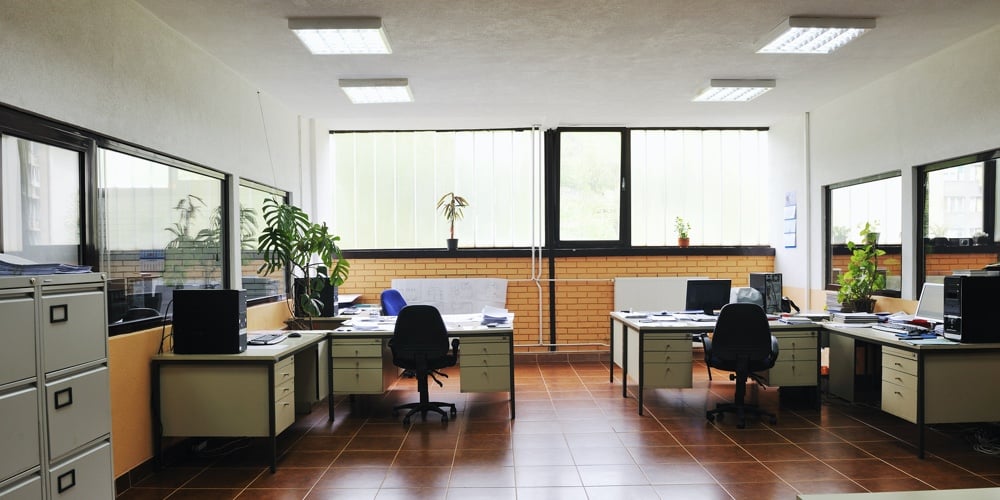The transition to remote work has certainly been a mixed bag for credit union employees. Not commuting has been great, yet, for many, working out of a cramped apartment or balancing working with kids at home has been not so great. Sentiment towards working from home varies widely.
When it comes time to return to the office, it’s the benefits of working from home that will stand out in contrast. The freedom to move about and to choose your working environment, to isolate when working on a focused task or to join your partner or roommate in conversations and hop on Zoom when you want to be around others. It’s also the comfortable temperature, the workspace tailored to the type of work you’re doing, and the ability to escape from distractions.
Over the past year workplaces have stayed the same, but people’s exposure to working from home has changed their expectations.
Yet for forward-thinking credit unions, this is more of an opportunity than a liability. The sudden and long-term transition to remote work has been a research experiment into how employees work best and how their work activities can be supported by a physical space.
For credit unions looking to take advantage of this situation, now is the time to capture aspects of the working from home experience and bring them to life in the office. If you can develop an understanding of how your employees can be supported both in their wellbeing and in their workplace activities, you can deliver a working environment that closes this gap between expectations and reality.
One powerful tool that can help you accomplish this is the concept of Activity Based Working (ABW). This is a workplace design philosophy built around understanding the various activities that your employees perform throughout the day and creating workspaces that support them.
For example, some people work from a single workstation all day and need that workstation to be comfortable. They may also benefit more from break rooms and areas to walk around, as well as the ability to set boundaries and avoid distraction when they need to focus. On the other end of the spectrum, a highly mobile worker might not even need a workstation and would work best moving between collaborative spaces, focused spaces, and meeting rooms throughout the day. It’s all about choice and the balance between “we spaces” and “me spaces.” Understanding the makeup of your workforce and how they work best can go a long way towards creating a supportive environment that combines the benefits of an office with the highlights of working from home.
We believe that while remote work will be an enduring trend, the future is a hybrid workplace where the office remains the core of credit unions’ working culture while many choose to work from home for part of the week. The transition back to the office may be jarring to many, but through developing a better understanding of your employees and how they work you have an opportunity to come out of the pandemic supporting them better than before.
We’ve recently explored these topics in depth with our recent whitepaper “A Study of Credit Union Workplaces and the Future of Work” and an accompanying webinar with Erik Anderson, Microsoft’s Director of Workplace Intelligence, both of which you can access here.







